I'm a firm believer that a sandwich is the ultimate food. It's filling, but not heavy; it has carbs, protein, veggies, and sauces; and it's easily customizable. Add that all up and you've got the absolutely perfect lunch.
Yet like most great things in life, there's a "but" that follows the praise. While in flavor, health, and practicality a sandwich is the ideal to-go lunch, sandwiches suffer from almost always getting soggy between when you make them before work or school, and when you finally get to eating them.
Sandwiches are far too delicious to eat soggy. So the simple solution is... don't make a sandwich that can get soggy! Here's how.
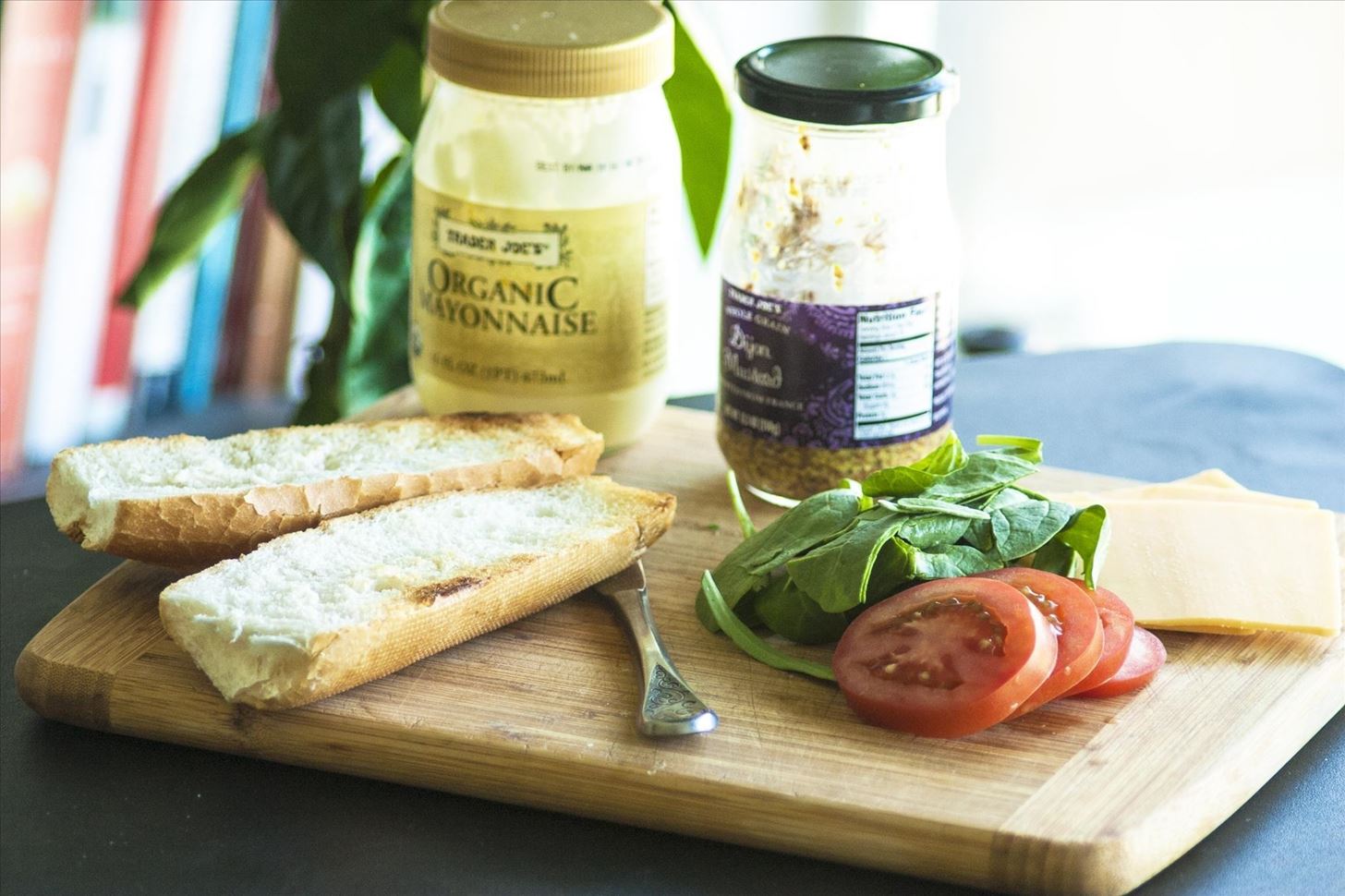
Step 1: Lightly Toast Your Bread
I'm not a big fan of having sandwiches on toasted bread, but if you lightly toast it, it won't develop the toasted flavor, but it will keep the sogginess away. A quick toast (or a long one, if you are a toasted bread fan) gives the bread a protective crust that helps keep the moisture from permeating the interior of the bread. And if you want to assure that chewy and fluffy bread texture, despite toasting, just use a thick bread.

Step 2: Add Olive Oil
A little olive oil on each slice of bread makes a world of difference. Don't add much, or your sandwich will get greasy, but a light coating will repel any liquids that try to enter the bread.

Step 3: Put Your Condiments on the Inside of Your Proteins
When making a sandwich it's customary to apply your mayos, mustards, and aiolis directly to the bread. However, when making a sandwich to be consumed later, avoid this practice like the plague. Instead, spread your condiments on the inside of your meat and cheese, which should be placed directly on the bread. That way the condiments never come into contact with that gorgeous, un-soggy bread. It also helps keep the ingredients from slipping off when you consume the sandwich.

Step 4: Use Dry Greens
When you wash your lettuce, it's usually still a little damp, even after a run through the salad spinner. This dampness, over time, transfers from the greens to the bread. If you have pre-washed salad greens (which are usually dry), use them; if not, wash your lettuce or spinach far enough in advance that it fully dries before you add it to the sandwich. (Alternately, you can also pat them dry with a dish cloth or paper towel.)
Step 5: Keep It Under Wraps
On more than one occasion I've meticulously designed a sandwich to avoid sogginess, then thrown it in a bag or tupperware only to realize at lunchtime that it had fallen apart and the bread was sitting in a pool of mayonnaise and tomato juice.
Don't let this happen to you! There are numerous ways to keep your sandwich secure: you can tie it up with butcher's twine, use a drinking straw to suck all the air out of a ziplock bag, or wrap it up in parchment paper or plastic wrap.

Other Tips
There are a few other tips you can employ to help your sandwiches stay dry. Instead of regular tomatoes, you can use cherry tomatoes, which have a lower water volume. Wet condiments like pickles and roasted red peppers? Keep them on the side. And, as if you needed further reason to make your bacon extra crisp, make sure you do exactly that if you want to add bacon to your sandwich.
Get More Great Lunch Ideas
A homemade lunch that tastes fresh and looks great will make your day a lot better. So check out how to make a week's worth of Mason jar salads that stay crisp and delicious, or make your own DIY Cup o' Noodles that have lots of real flavor rather than the kind that comes in a packet.
Just updated your iPhone? You'll find new emoji, enhanced security, podcast transcripts, Apple Cash virtual numbers, and other useful features. There are even new additions hidden within Safari. Find out what's new and changed on your iPhone with the iOS 17.4 update.
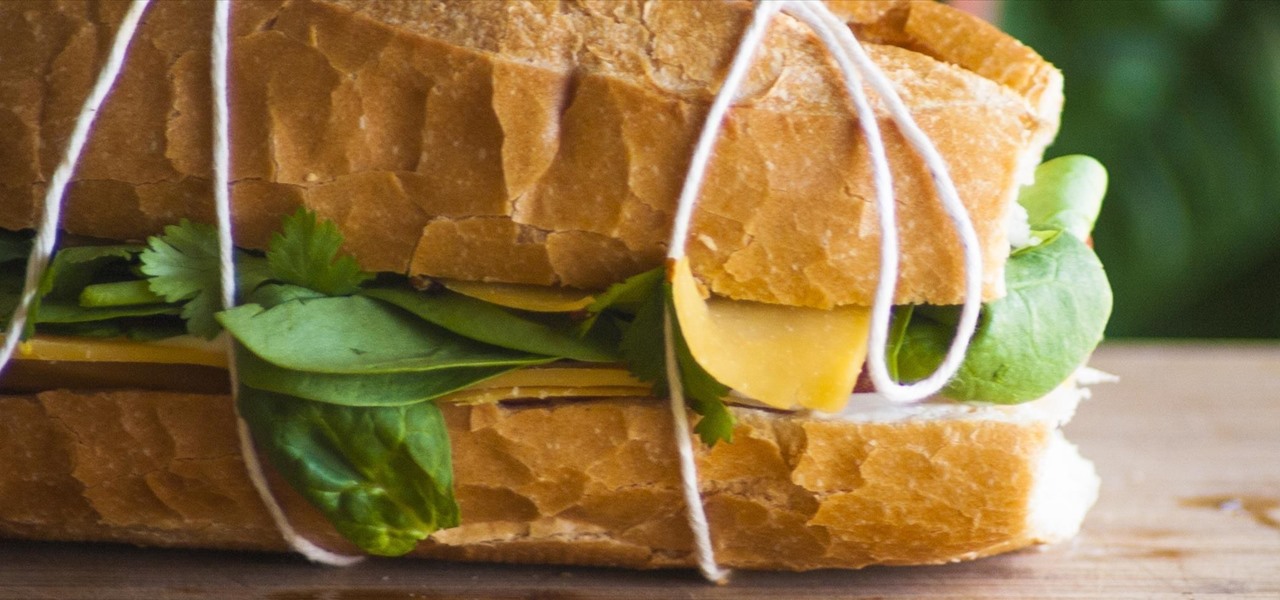








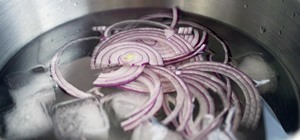


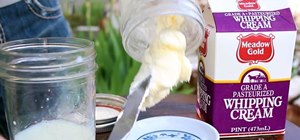







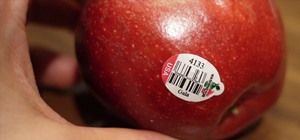


Be the First to Comment
Share Your Thoughts